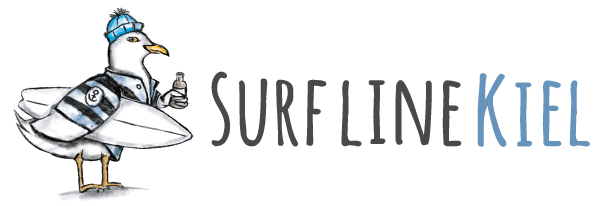Beschreibung
| Frontwing Fläche | Backwing | Fuselage | Mast | UVP | Preis |
| 1280 | 227 | 63 Alu |
85 Alu |
1209 € | auf Anfrage |
| 1480 | 1239 € | ||||
| 1880 | 271 | 1269 € | |||
| 2300 | 71 Alu | 1299 € |
About our design goals for the new FlightAttendant
The new design features are made in an effort to increase turning, glide, and most of all predictability. We found increased predictability helped advance peoples riding from learning on flat water through massive jumps and fully ventilated turns.
Aspect: The foils have a mid-aspect ratio to increase the glide/turn ratio. They are also flatter with a less aggressive overall curvature to increase speed and ventilation resistance.
Profile: The profile was chosen based on a few factors- ease of takeoff, speed range, and ventilation resistance. The airfoil on the flight attendant has a very low stall speed and high stall angle. This helps get you on foil easily with a wide range of boards, sails, skill level, and conditions. It also helps when landing jumps and pivoting in the pocket.
The wingtips have been slightly flattened and straightened this generation. The airfoil gain in ventilation resistance lets us run less curvature in the tip.
Fuselage: The new fuselage has been revised to reduce weight and drag while increasing modularity. The mast now uses a conical box-style connection, for absolute rigidity between mast and fuselage, the tail section has a reduced section, and the front wing connection is hollowed out.








